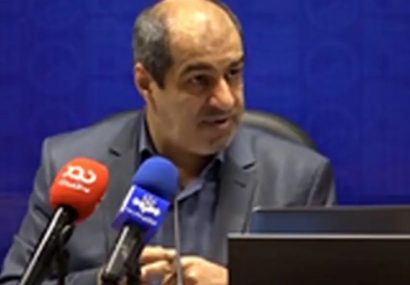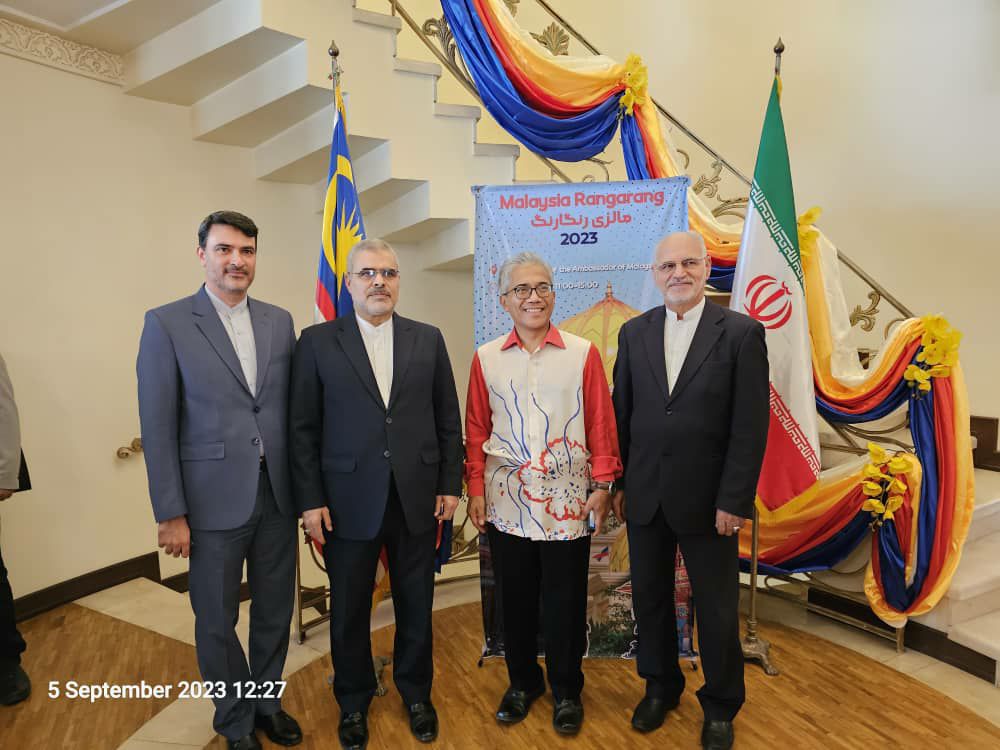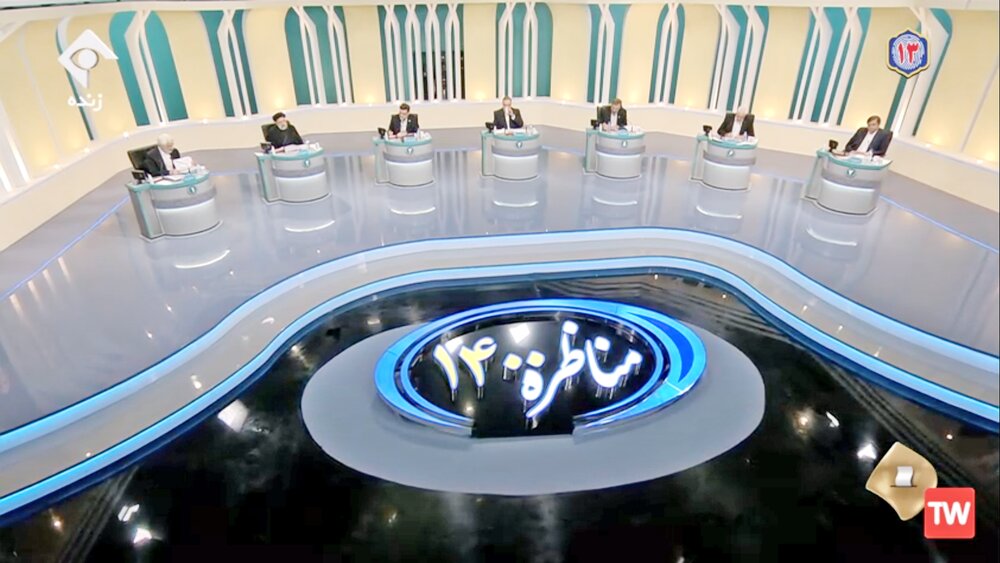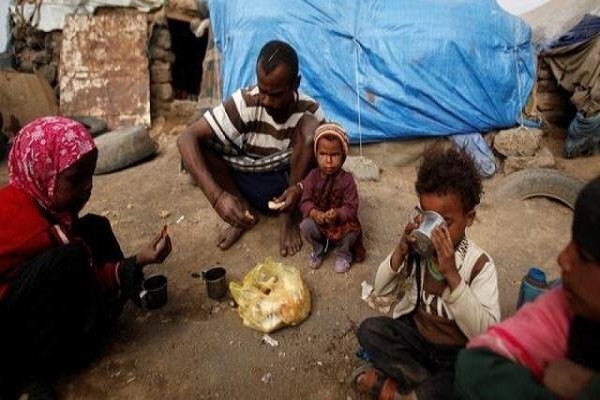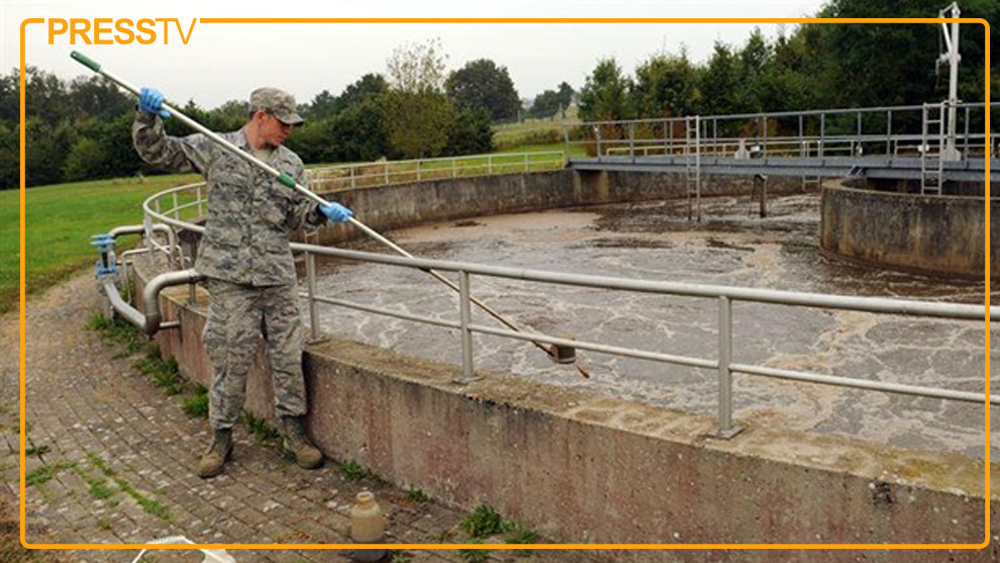Iran Faces Water Stress But Food Security Remains Intact
TEHRAN (Iran News) Speaking at a high-level meeting between the Minister of Energy Abbas Aliabadi and media executives, Bozorgzadeh emphasized that the volume of Iran’s agricultural economy could increase by 1.7 times with a 2.5% growth rate, while the industrial and service sectors are projected to grow 2.2 and 2.6 times respectively, provided the strategic plan is effectively pursued.
Bozorgzadeh highlighted the alarming decrease in water availability over the past 60–70 years. Per capita water availability has fallen from 130 million cubic meters to 103 million cubic meters, with the average national per capita volume now at 1,200 cubic meters—a sharp decline from approximately 7,000 cubic meters in 1956. This figure places Iran below the international water stress threshold of 1,700 cubic meters per person per year.
“Even in a normal hydrological year, we remain under water stress due to long-term declines in water resources,” he stated, citing uneven distribution of water across regions. For instance, central plateau regions are facing extreme shortages, with per capita availability around just 600 cubic meters.
Bozorgzadeh blamed outdated development models, especially over the past seven decades, for Iran’s worsening water crisis. “This issue is not just within the Ministry of Energy’s domain—multiple institutions, from agriculture to municipalities, and even Parliament, share responsibility for the unsustainable development patterns,” he noted.
Currently, 70% of Iran’s plains are classified as “forbidden” or “critically forbidden” for water extraction, and 359 out of 609 plains are experiencing land subsidence. “This is a national threat—it’s endangering homes and infrastructure,” Bozorgzadeh warned.
He stressed that solving the crisis requires a “heart surgery” approach rather than quick fixes, calling for stronger public engagement, policy reform, and a cultural shift toward conservation.
Bozorgzadeh revealed that Iran is now in its fifth consecutive drought year. As of April 12, only 131 millimeters of rainfall had been recorded—35% less than the previous year and well below the expected 203 millimeters. He warned that spring rains would not make up for winter shortfalls, and snow levels, which are crucial for long-term water supply, also remain low.
Dam inflows have also dropped compared to last year, although authorities are attempting to manage releases efficiently. However, over 80% of decisions on water usage are made by central government institutions, while Bozorgzadeh advocated for more localized and community-driven governance.
“The imbalance between water consumption and available resources remains a major concern,” Bozorgzadeh said. He explained that 86% of Iran’s water is used in agriculture, much of which is low-efficiency subsistence farming on plots smaller than five hectares—making them difficult to mechanize.
To address this imbalance, the Ministry of Energy is focusing on increasing water supply while reducing demand. Key policies include 13 measures for water provision, 22 for demand management, three for resource protection, two for risk mitigation, and nine for institutional reform.
Bozorgzadeh unveiled a strategic operational plan featuring 49 initiatives, including distinguishing between greywater and blackwater in building codes, and strengthening participatory water basin management. Legislative backing is critical, he stressed.
The plan aligns with Iran’s Seventh Development Plan and the National Document on Knowledge-Based Food Security, which prioritizes eliminating low-efficiency agriculture and tripling environmental water allocations for ecosystem stability.
Bozorgzadeh concluded by announcing the launch of a national “Water Festival” aimed at promoting water conservation through art and culture. The event seeks to inspire public creativity, broaden perspectives, and encourage collective responsibility for Iran’s water resources.
“This is not just a technical issue. We need a cultural movement to appreciate and protect water,” he said.
- source : IRAN NEWS ECONOMIC DESK


